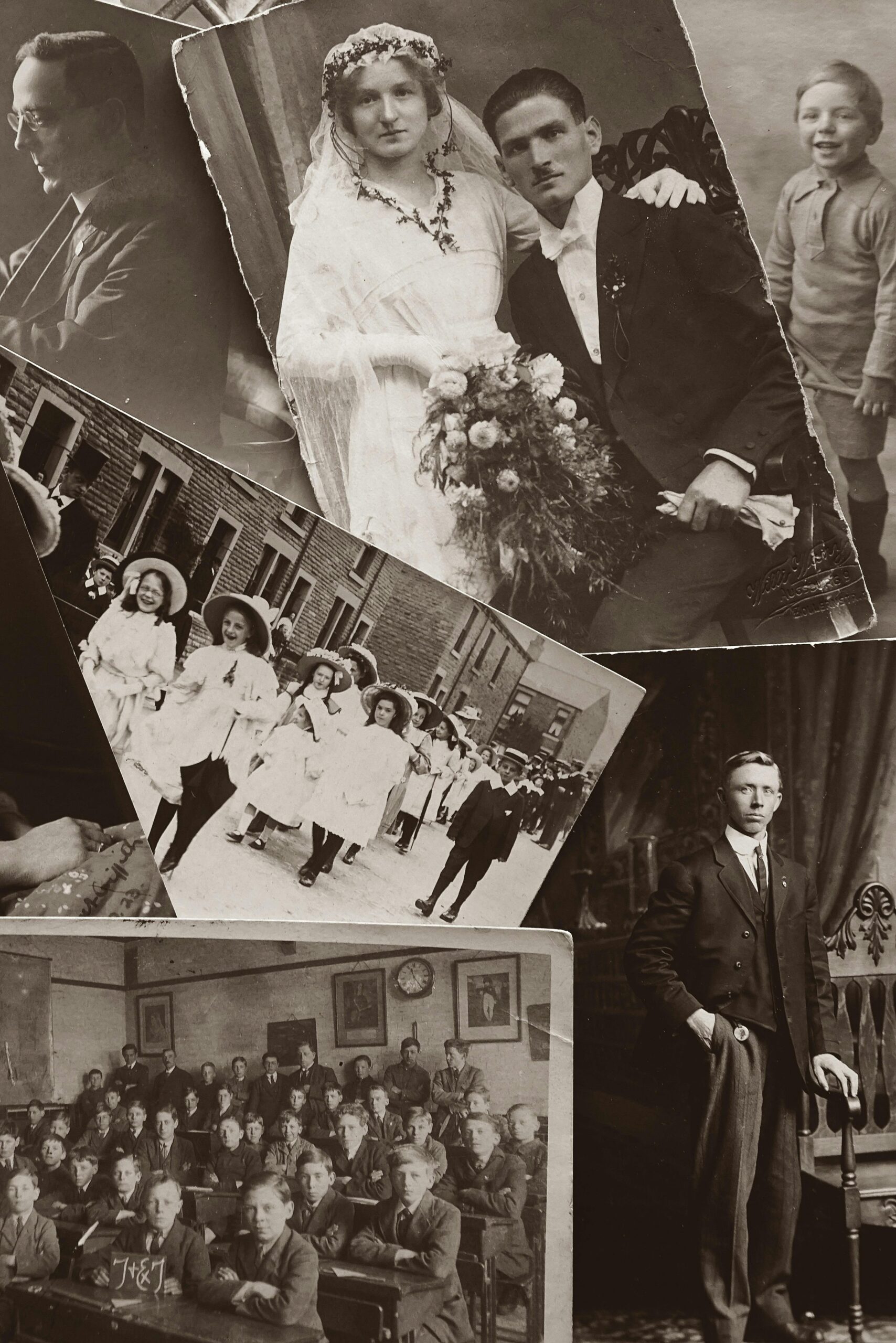When I wrote my historical novel, My Heart Lies Here, I did as much research as I could about the Ludlow Massacre in Trinidad, Colorado. The Ludlow Massacre took place in 1914 when the United Mine Workers of America organized a strike of the coal miners of John D. Rockefeller’s Colorado Fuel & Iron Company. The strikers and their families lived in tents on the windswept prairie through the coldest winter in Colorado history, while violence escalated between strikers and mine guards. The Colorado National Guard was called in to keep peace but instead, burned the tent colony to the ground, killing eleven children and two women. It was a shameful incident in Colorado history and in U.S. labor history.
I started my novel in the “Dark Ages,” a.k.a. pre-Internet. I checked out books from my local library or from Inter-Library Loan. On Saturday mornings, I left the kids with my husband and drove downtown to spend the day at the Denver Public Library or HistoryColorado (then known as the Colorado Historical Museum). I remember those days with a certain fondness: the silence in the library, the sense that all the folks in the Western History Collection shared a common goal of seeing history passed on to later generations, the thrill of finding an obscure historical figure or fact, the forms that had to be filled out to access information from the Archives and the seemingly interminable wait until the Librarian returned with it, the white gloves that had to be worn when handling precious documents and photographs.
The primary sources, letters, diaries, oral histories, and newspapers (on microfiche!) gave me plenty of source material, but I found that looking at photographs gave me a window into the past that words could not. One photo has especially fascinated me for decades. It is of the mass funeral of the eleven children and two women killed in the Ludlow Massacre at Holy Cross Catholic Church in Trinidad. The coffins are white, arranged on the undertaker’s open bed wagon by size from the two adult coffins to a coffin no larger than a breadbox that held a three-month-old baby. An escort of strikers stands on either side of the wagon, ready to walk as pallbearers beside it as the horses make their way to the cemetery.
In the photo, one of the pallbearers has turned around to speak to the striker behind him. He looks to be about fifteen or sixteen, as is the other striker, and the camera (the eternal eye) has caught him at a moment when he laughs. What? I thought, flabbergasted by the image. How could he laugh? How could he even think of talking at that moment? Didn’t he realize the solemnity of the occasion? Wasn’t he embarrassed later when the photo appeared in newspapers throughout the United States and in history books? Did he even know the photo existed?
So many possibilities.
Photographs can speak so loudly to us when we research historical occasions. They can tell us what a piece of land or setting looked like before development, what buildings existed, what transportation or roads or waterways carried people of the day. They can teach us about dress or fashion or hairstyles. Or about food or housework or furniture and architecture. Mostly, we can read the faces of those who witnessed the event or lived at the time—and perhaps find a surprise or two along the way.
I like to think that one day I will write the errant pallbearer’s story. I’d call it, “I Was the Boy Who Laughed.” So far, no plot has come to me, but it cheers me that life went on for that young man after the devastation, anger, and bitterness the strikers and their families felt when betrayed by the society, prejudices, and social upheaval of their time. He could laugh, he could toss a presumably funny comment back to his friend (or vice versa), he could survive the grief and violent aftermath of that terrible event. That, to me, is a priceless glimpse at history.
[Photo by Suzy Hazelwood on Pexels.com]


HI: Oh my yes, photos are stories in themselves. I too remember researching info by foraging through the library and card catalog. I miss running into the unexpected treasure while taking a wrong turn! Enjoyed your post, and hope you come up with the boy’s story.